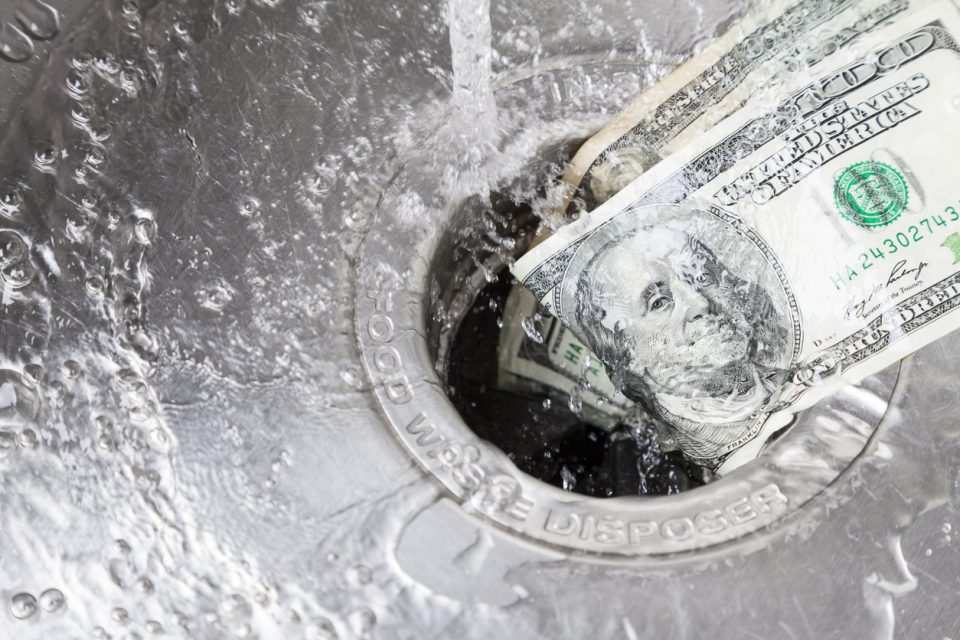

One hot topic in dealerships these days is margin compression. For some, it seems harder and harder to turn a profit. Sure, breaking even is bound to happen every once in a while, especially on volume models. But with margin compression showing up as a trend across dealerships at a national level, it’s worth investigating the cause.
The Problem With Aging Policies
In an interview with Lotpop owner Jasen Rice, the automotive consultant reveals that aging policies are essential to dealerships. In fact, he blames the lack of these policies for slimming gross revenue.
“I believe, not just think, that dealers without an aging policy is what’s causing the dealer body gross,” Rice said.
He goes on to describe how some dealers blame the internet and market-based pricing for costing them gross. But he maintains that it all goes back to aging.
Illustrating the Issue
To better understand this dilemma, imagine the following scenario:
You go to the auction to purchase a car. Your hand is the last one raised, which means you’ve paid top dollar for the vehicle. You’ll then have to spend money in service, meaning you own it for even more cost. Next, you’ve got to price it. So, you look at the market, and guess which cars are in the top five? They’re the cheapest ones in the market, i.e., the cars that have been out there for 90 and 100 days. Because those dealers don’t have an aging policy, they drop the price on aged cars, causing a distorted view of what market price should really be.
At this point, you must decide if you want to drop your price to compete with the aged cars. If that’s the case, you risk making very little profit on the sale. The other option is to wait for the aged cars to sell, making your price more relevant. But there’s no guarantee on how long that will take.
“If every dealer had a 60-day aging policy, everybody would be pricing to more current market values, and it would solve a lot of the gross problems,” Rice said.

Ideal Vehicle Age
If aging policies are at the center of the profit dilemma, then what is the ideal age for a car on the lot?
According to Rice, dealers should aim to have no more than 10 percent max of their inventory over 60 days old. His perfect number is less than 5 percent, but that can be a hard one to attain.
To meet these low-age goals, Rice counsels dealers to get turnaround times down to three-to-five days. This means moving cars from the auction, through service, and correctly merchandising on the lot and online in less than a week. That’s the secret to keeping used car profits high, he contends.
Posted
John Paul Strong
John Paul Strong combines his two decades of automotive marketing experience with a team of more than 150 professionals as owner and CEO of Strong Automotive.
Explore
Recent Posts


Dealership Has 75% of Population as Facebook Fans

Are Political Ads Hurting Dealerships on Local TV?
Archive
